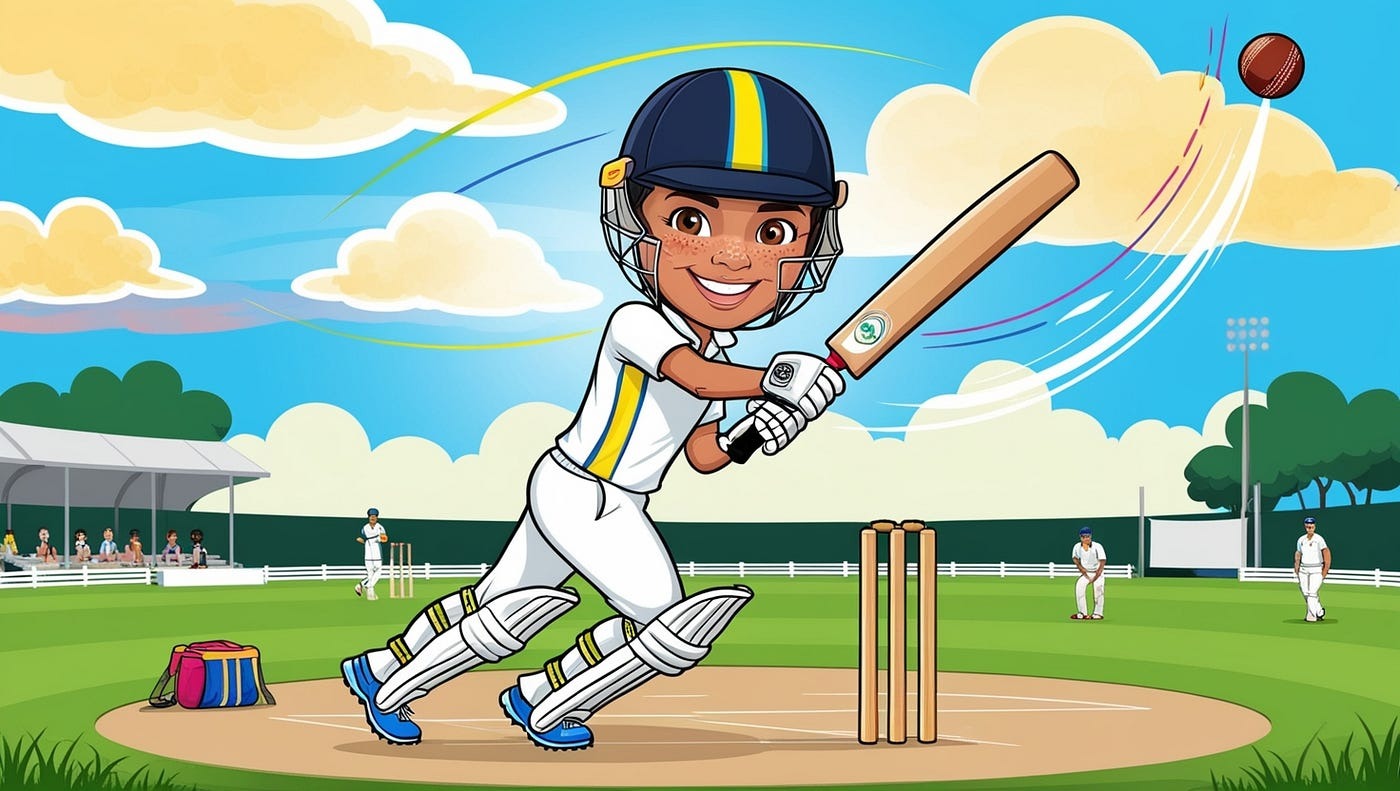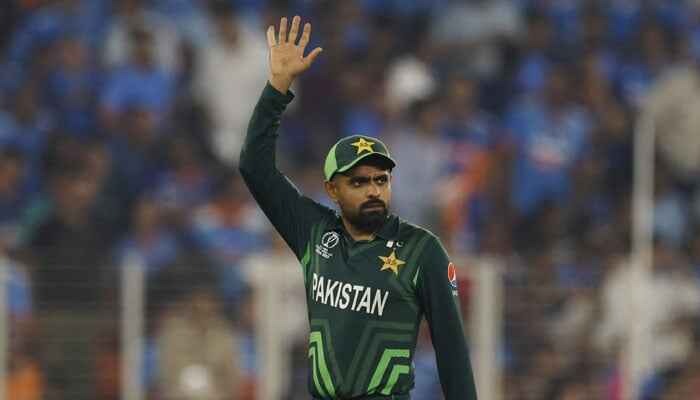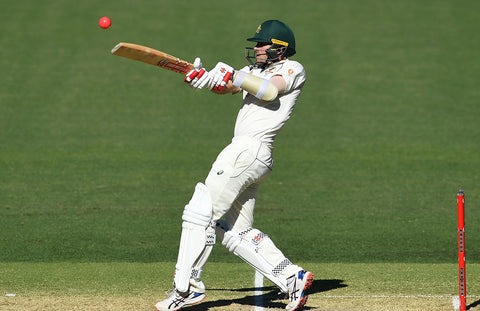Cricket. For billions around the world, it’s more than just a sport; it’s a passion, a religion, a way of life. From the roaring stadiums of India and Australia to the village greens of England and the passionate crowds of Pakistan, Bangladesh, and the West Indies, cricket unites diverse cultures under its spell. However, for newcomers, especially those from regions where it’s less common, cricket can seem like a confusing maze of unique terms, strange rules, and matches that last for days!
If you’ve ever found yourself scratching your head during a cricket match, wondering what a “wicket” is or why someone is “out Leg Before Wicket,” you’re in the right place. This article is your simple guide to understanding the game of cricket. We’ll break down its basic rules, explain the key roles players perform, clarify how runs are scored, and unravel the different game formats, all in easy-to-understand language. Get ready to demystify this strategic and exciting sport and start appreciating its true brilliance!
The Absolute Basics: What’s the Goal?
At its core, cricket is a game played between two teams, each with 11 players. The main objective is quite simple:
- One team tries to score as many points as possible, called runs. They do this by hitting a ball.
- The other team tries to get the players from the first team “out” and stop them from scoring runs. They do this by bowling (throwing) the ball and fielding (catching or stopping the ball).
Once a certain number of players from the first team are “out,” or a set number of overs (sets of bowls) are completed, the teams switch roles. The team that scores the most runs by the end of the game wins!
Cricket is played on a large oval-shaped ground. In the very middle of this ground is a rectangular strip called the pitch, which is the central stage for all the action. At each end of the pitch, there are three wooden posts with two small wooden pieces on top, called the wickets (or stumps).
The Heart of the Game: Batting (Scoring Runs)
When a team is batting, their goal is simple: score runs! Two players from the batting team are on the pitch at any given time.
- One player is the striker. They stand in front of one set of wickets, holding a flat wooden bat, and face the player from the opposing team who is bowling the ball.
- The other player is the non-striker. They stand near the other set of wickets, ready to run.
How Runs Are Scored:
- Running Between the Wickets: The most basic way to score. If the striker hits the ball, both batters can run to the opposite ends of the pitch. Each time both batters successfully switch ends, one run is scored. They can run multiple times for 2 or 3 runs, as long as they safely make it to the other end before the fielding team knocks the wickets down.
- Hitting Boundaries: This is where the big points come in!
- Four Runs (a “Four”): If the striker hits the ball, and it reaches the boundary rope (the edge of the playing field) after bouncing on the ground, it’s automatically 4 runs.
- Six Runs (a “Six”): The most exciting way to score! If the striker hits the ball directly over the boundary rope without it bouncing, it’s automatically 6 runs. This is often compared to a home run in baseball.
Batters wear protective gear like pads (on their legs), gloves, and helmets because the ball can be bowled very fast and hard. They try to score as many runs as possible before they get “out.”
The Attack: Bowling & Fielding (Getting Batters Out)
While one team is batting and scoring runs, the other team is bowling and fielding to get the batters “out” and stop them from scoring.
- The Bowler: From the fielding team, one player is chosen as the bowler. They run up and bowl (a specific type of throwing motion, strictly regulated) the ball towards the striker at the opposite end of the pitch, aiming for the wickets.
- Bowlers use different techniques: some bowl very fast, some bowl at medium pace, and some use “spin” to make the ball curve or bounce in unpredictable ways. The goal is to either get the batter out or make it difficult for them to score runs.
- The Fielders: The other 10 players from the bowling team (excluding the bowler and the wicket-keeper) are positioned around the field. Their job is to:
- Catch the ball after it’s hit by the bat, before it bounces (to get the batter out).
- Stop the ball from going to the boundary.
- Throw the ball back to the wickets to try and get a batter “run out” (more on that below!).
- The positions of fielders are strategic, set by the team captain to put pressure on the batters.
- The Wicket-keeper: This specialized player wears large gloves and protective gear and stands directly behind the wickets at the striker’s end. Their job is to catch any balls that the batter misses, try to get stumpings, and generally be involved in most of the action at their end of the pitch.
Ways to Get a Batter Out (Dismissals): This is where cricket can seem confusing, as there are many ways a batter can be dismissed. Here are the most common and easiest to understand:
- Bowled: The simplest. The bowler bowls the ball, and it hits one of the wooden wickets directly, knocking off one or both of the small wooden pieces (called “bails”) on top. The batter is out.
- Caught: If the striker hits the ball into the air, and a fielder catches it before it touches the ground, the batter is out. This is a very common and exciting way to get an out!
- Leg Before Wicket (LBW): This one can be tricky. If the bowler bowls the ball, and it hits the batter’s leg (or body) in a way that the umpires (the officials) believe the ball would have hit the wickets had the leg not been there, the batter is out.
- Run Out: This happens when batters are trying to score runs by running between the wickets. If a fielder throws the ball to one of the wickets and knocks the bails off before a running batter has reached their safe area (called the “crease”), that batter is out. It’s often a very close and dramatic moment!
- Stumped: Similar to a run out, but it only involves the wicket-keeper. If the batter moves out of their safe area (crease) to hit the ball and misses it, the wicket-keeper can quickly knock the bails off the wickets. The batter is out.
An innings for a batting team ends when 10 of their 11 batters are out, or, in limited-overs games, when a set number of overs (sets of 6 balls bowled by one bowler) have been completed.
The Pitch & The Wickets (The Central Stage)
These are the core elements of the cricket playing area:
- The Pitch: This is the 22-yard long strip of ground in the very center of the cricket field. It’s carefully prepared and maintained, as its condition can significantly influence how the ball bounces and moves, affecting both batters and bowlers. It’s where the bowler bowls and the batter hits.
- The Wickets (Stumps): At each end of the pitch, there are three wooden posts, called “stumps,” stuck into the ground. On top of these stumps sit two small wooden pieces, called “bails.” The wickets are the target for the bowler to hit, and they also mark the safe zone (the crease) for the batters. If the wickets are knocked down by the ball or by a fielder with the ball, a batter can be out.
- The Crease: These are white lines painted on the pitch around the wickets. Batters must stay behind certain lines (the “popping crease” or “batting crease”) when not running, to be safe from being run out or stumped.
Different Types of Cricket Games (Formats)
Cricket is played in different “formats,” each with its own rules, duration, and strategic feel. This is one of the main reasons it can seem confusing, as the same game can be played in very different ways!
- Test Cricket: This is the oldest and longest form of cricket, considered the most traditional and challenging.
- Duration: Can last up to 5 days, with multiple innings for each team.
- Strategy: Emphasizes endurance, patience, and strategic play. Teams try to score big runs, bowl out the opposition twice, and avoid getting out themselves. It’s a true test of skill and resilience.
- Feel: Slow, strategic, with long periods of build-up and intense bursts of action.
- One-Day International (ODI): A shorter, faster version, designed to be completed in one day.
- Duration: Each team bats for a maximum of 50 overs (an “over” is a set of 6 balls bowled by one bowler).
- Strategy: Teams need to balance scoring runs quickly with preserving wickets. Batters aim for fours and sixes, while bowlers try to get wickets and stop runs.
- Feel: More dynamic than Test cricket, with a focus on consistent scoring and strategic wicket-taking.
- Twenty20 (T20) Cricket: This is the newest and shortest format, and it’s incredibly popular, especially for new fans!
- Duration: Each team bats for a maximum of only 20 overs. Matches are usually completed in about 3 hours.
- Strategy: It’s all about explosive batting, hitting boundaries, and taking quick wickets. Every ball counts!
- Feel: Fast-paced, high-scoring, and very exciting, with lots of big hits and dramatic dismissals. T20 leagues like the Indian Premier League (IPL) and Pakistan Super League (PSL) are hugely popular globally.
The format of the game dictates the strategy and the overall feel of the match, from the slow burn of Test cricket to the explosive bursts of T20.
Conclusion: Embrace the Game!
Cricket, at first glance, might seem complex with its unique terminology and varied formats. However, once you understand the core concepts – one team bats to score runs, the other bowls and fields to get batters out – the rest begins to fall into place. It’s a dynamic game of strategy, skill, and excitement, filled with moments of tension, brilliance, and drama.
Whether you prefer the traditional chess match of Test cricket or the fast-paced thrills of T20, there’s a format for everyone. So, next time a match is on, don’t switch the channel. Instead, embrace the challenge of understanding it. Pick a team, observe the strategies unfold, and discover why billions around the world are utterly captivated by this beautiful game!





Leave a Reply